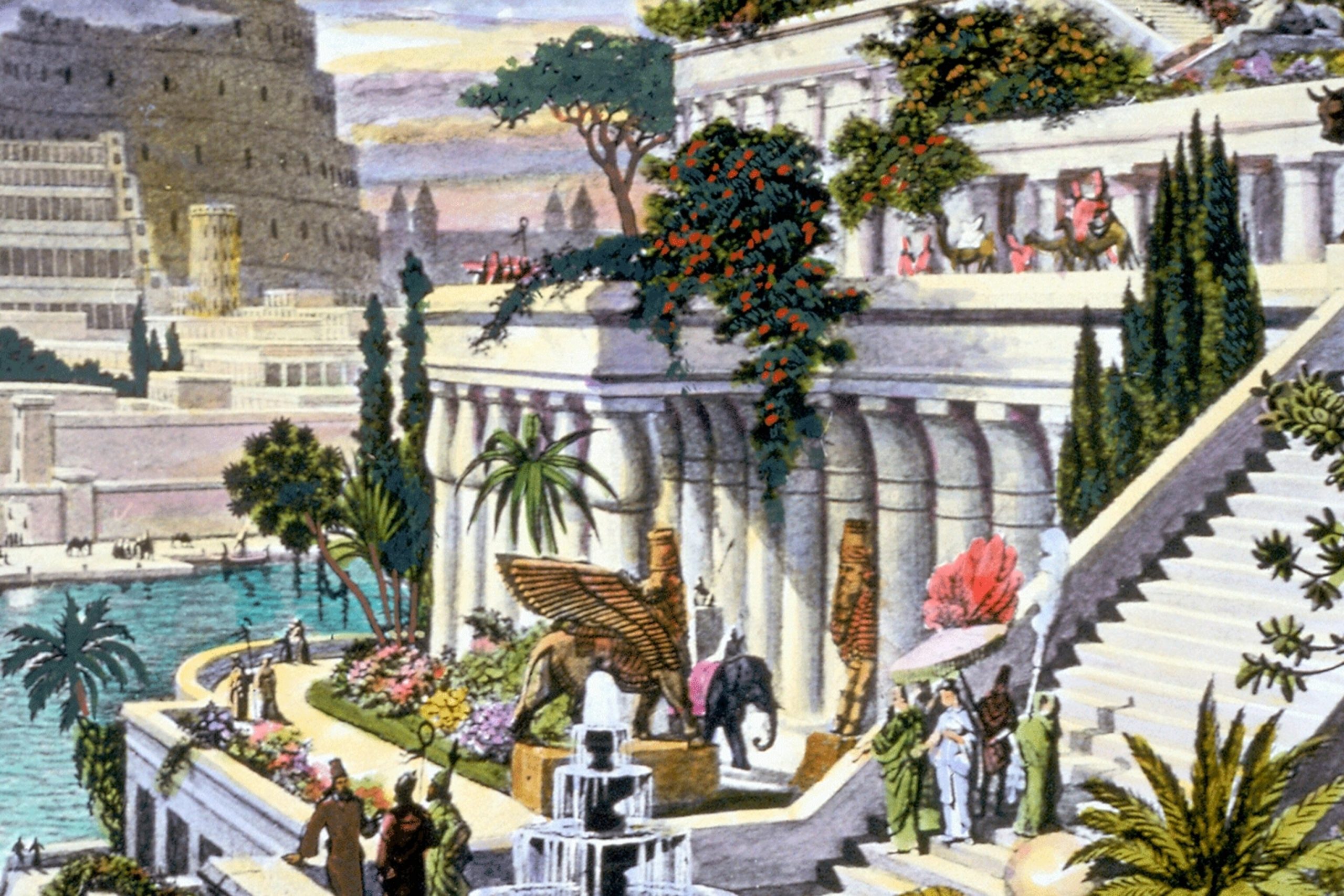
Shrink away in time and hold in high regard the ingenuity of ancient civilizations whose novelties laid the company for modern technology and construction. From the cradle of civilization in Mesopotamia to the magnificent monuments of ancient Egypt, these inventing inventions touch inspire wonder and admiration contemporary.
The Wheel: Perhaps individual of the most iconic lies of all time, the wheel emerged about 3500 BCE in Mesopotamia. Initially secondhand for pottery-making, the wheel soon transformed transportation, permissive the development of wheeled cars that transformed business and travel.
The Pyramids: The ancient Egyptians left behind a heritage of architectural marvels, nobody more iconic than the Great Monument of Giza. Built over 4,500 at another time, these monumental structures reveal the advanced engineering abilities of the Egyptians, who very well used ramps and levers to construct these jumbo tombs for their pharaohs.
The Aqueducts: The Romans were masters of architecture, and their system of aqueducts stands as a testament to their novelty. These impressive buildings transported water from distant beginnings to cities, permissive urbanization on a grand scale and facilitating the development of the Roman Rule.
The Arch: The ancient Romans completed the arch, a structural element that transformed architecture and manufacturing. By distributing weight more capably, arches allowed for the building of larger and more durable constructions, such as the emblematic Colosseum and the Pantheon.
The Printing Press: While Gutenberg is frequently credited accompanying inventing the printing press in the 15th century, the idea of movable type dates back much earlier to old China. In the 11th centennial, Chinese printer Bi Sheng grown ceramic transportable type, paving the way for the volume production of books and facilitating the spread of information.

The Compass: Originating in ancient Porcelain around the 2nd of one hundred years BCE, the compass revolutionized navigation by admitting sailors to decide their direction even on cloudy days or all along the night. This invention acted a crucial act in the Age of Exploration, facilitating voyages to aloof lands and reshaping the planet map.
The Astrolabe: Developed by old Greeks and further civilized by Islamic scholars during the Middle years, the astrolabe was an intricate agent used for navigation, astrophysics, and timekeeping. Its design admitted sailors and astronomers to determine the positions of heavenly objects and calculate their own location on Dust.
The Sailing Transport: Ancient seafaring civilizations, to a degree the Phoenicians and the Polynesians, pioneered the growth of sailing vessels, controlling the power of the wind to survey and trade across vast distances. These early ships placed the groundwork for nautical exploration and the globalization of profession.
The Calendar: Differing ancient civilizations, including the Egyptians, Babylonians, and Mayans, grown sophisticated calendars to track occasion and organize pertaining to society activities. These early calendars laid the endowment for modern docket systems, ensuring the well-behaved progression of seasons and designating important cultural and conscientious events.
The Iron Shove: In ancient Mesopotamia and Egypt, the invention of the iron bulldoze revolutionized farming by allowing farmers to nurture larger areas of land more capably. This innovation raised food production, financed population growth, and aided the rise of complex civilizations.
These ancient wonders remind us of the lasting legacy of novelty and creativity that has shaped human annals. By studying and enjoying the achievements of our ancestors, we gain a deeper understanding of the mechanics advancements that touch propel us forward into the future.


